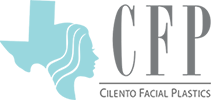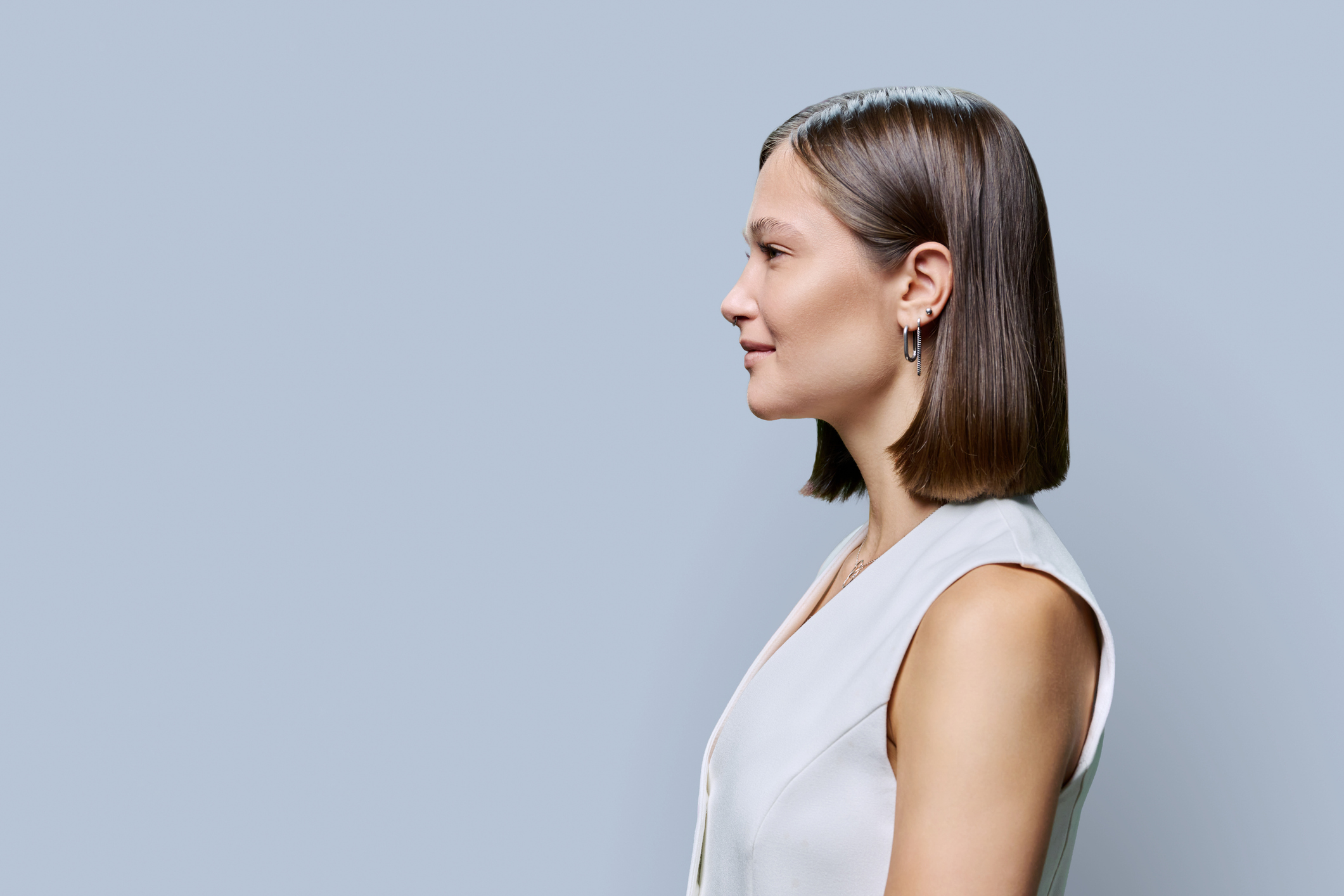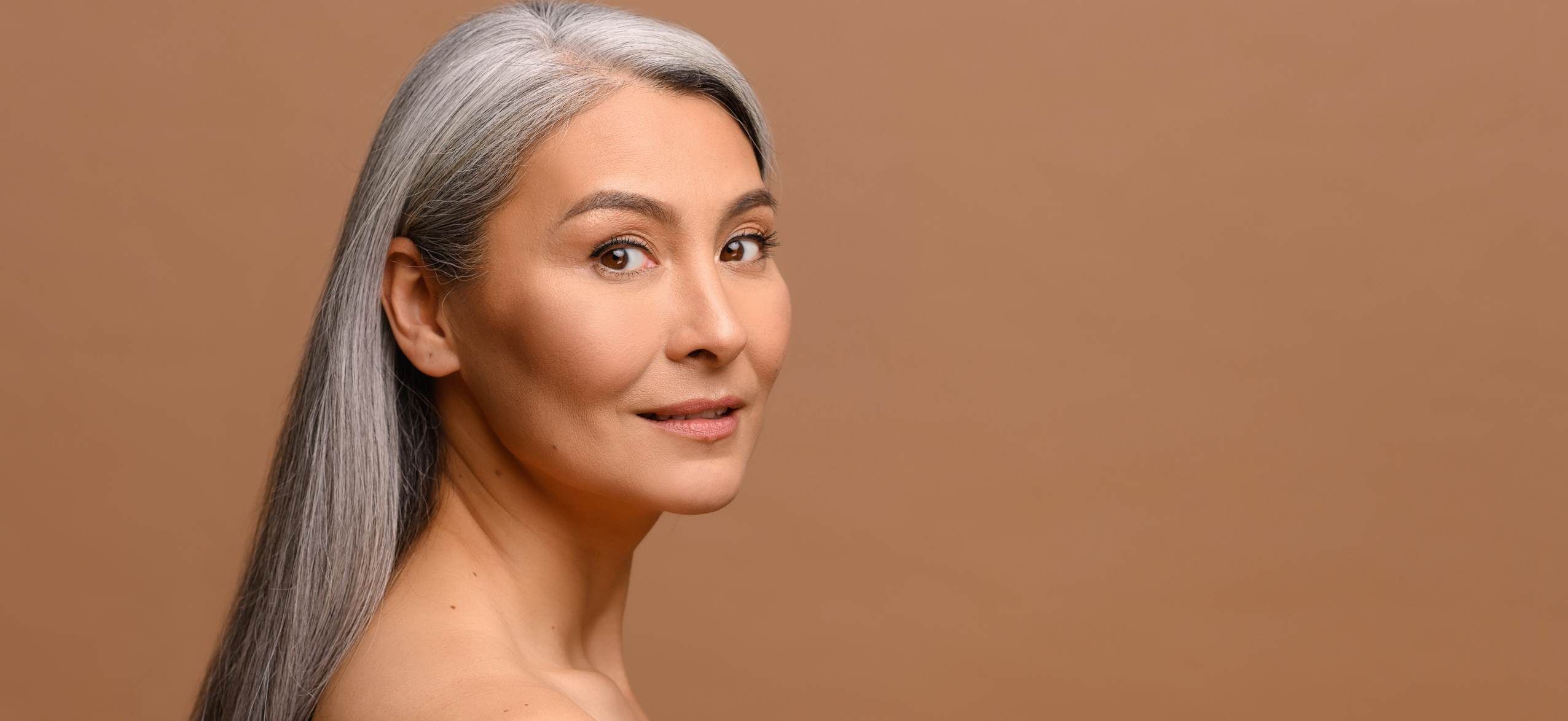
Revision rhinoplasty, also known as secondary rhinoplasty, is a specialized surgical procedure designed to address concerns from a previous rhinoplasty. Whether the initial surgery didn’t meet expectations or resulted in structural or functional issues, revision rhinoplasty aims to refine the nose’s appearance and restore function. At Cilento Facial Plastics in Houston, TX, Dr. Ben Cilento is a leading expert in advanced revision rhinoplasty techniques, helping patients achieve natural and harmonious results. This comprehensive guide explores the most advanced approaches to revision rhinoplasty, how to prepare, and what to expect.
The Complexities of Revision Rhinoplasty
Revision rhinoplasty is more challenging than primary rhinoplasty because it involves correcting changes made during the initial surgery. Scar tissue, altered anatomy, and compromised cartilage support often require advanced techniques and a highly skilled surgeon like Dr. Cilento to achieve optimal results.
Common reasons patients seek revision rhinoplasty include:
- Residual deformities: Issues such as asymmetry, a crooked nose, or bumps left unaddressed in the primary surgery.
- Over-resection: Excessive removal of cartilage or bone, leading to a pinched or collapsed nose.
- Breathing difficulties: Functional issues caused or worsened by the initial surgery.
- Unsatisfactory aesthetics: Results that do not meet the patient’s goals or look unnatural.
Advanced Techniques in Revision Rhinoplasty
Dr. Ben Cilento employs state-of-the-art techniques to address the unique challenges of revision rhinoplasty. Here are the most advanced methods he uses to ensure successful outcomes:
1. Cartilage Grafting
Revision rhinoplasty often requires cartilage grafting to rebuild and support the nasal structure. Dr. Cilento may use cartilage from:
- The septum: If enough cartilage remains after the initial surgery.
- The ear: A secondary source for moderate grafting needs.
- The rib: For larger or more complex reconstructions.
Cartilage grafting ensures structural stability and long-term durability, creating a natural and functional nose.
2. Structural Rhinoplasty Techniques
Dr. Cilento focuses on restoring the nasal framework to prevent collapse and maintain shape over time. Advanced structural techniques include:
- Spreader grafts: To correct internal valve collapse and improve breathing.
- Alar batten grafts: To support and reshape the nostrils.
- Dorsal reconstruction: To smooth out irregularities or asymmetries in the nasal bridge.
These techniques ensure both aesthetic and functional improvements.
3. Soft-Tissue Management
Scar tissue from the initial surgery can make revision rhinoplasty more complex. Dr. Cilento uses meticulous techniques to manage and reshape soft tissue, including:
- Scar tissue removal or repositioning to improve definition.
- Skin thinning for patients with thicker skin to enhance contours.
Proper soft-tissue management is essential for creating a refined and natural appearance.
4. Improved Nasal Tip Refinement
Revision rhinoplasty often requires adjustments to the nasal tip, especially if it was over-rotated, droopy, or asymmetrical after the first surgery. Dr. Cilento uses advanced suturing techniques and grafting to refine the tip while ensuring it harmonizes with the rest of the nose.
5. Use of Advanced Imaging Technology
Dr. Cilento incorporates 3D imaging and surgical planning to visualize and customize each revision rhinoplasty. This technology allows patients to see potential outcomes and helps ensure precise surgical execution tailored to their unique anatomy and goals.
6. Hybrid Open and Closed Techniques
Depending on the complexity of the case, Dr. Cilento may use a combination of open and closed surgical techniques.
- Open rhinoplasty: Provides better visibility and access for complex reconstructions.
- Closed rhinoplasty: Minimizes scarring and recovery time for less invasive corrections.
This hybrid approach allows Dr. Cilento to maximize results while minimizing trauma to the nose.
Preparing for Revision Rhinoplasty
Proper preparation is essential to ensure the best possible outcome. Below are steps to take before undergoing revision rhinoplasty:
1. Consultation with Dr. Ben Cilento
During your consultation, Dr. Cilento will:
- Conduct a detailed evaluation of your nasal structure and previous surgery.
- Discuss your goals, concerns, and expectations.
- Use advanced imaging to simulate potential results and develop a personalized surgical plan.
2. Healing Time Between Surgeries
Patients should wait at least 12 months after their primary rhinoplasty before considering revision. This allows the nose to fully heal and reduces the risk of complications during the secondary procedure.
3. Pre-Surgical Instructions
Dr. Cilento will provide customized guidelines, which may include:
- Stopping blood-thinning medications to reduce bleeding risks.
- Avoiding smoking, as it can impair healing.
- Preparing your home with recovery essentials like saline sprays and cold compresses.
Recovery After Revision Rhinoplasty
Healing after revision rhinoplasty may take longer than primary rhinoplasty due to increased complexity and the presence of scar tissue. Here’s what to expect during recovery:
1. Immediate Post-Operative Period
- Swelling and bruising: These are normal and may be more pronounced than after the primary surgery. Cold compresses and keeping your head elevated can help.
- Splint and dressings: A splint will be placed on your nose for support and is typically removed after 5-7 days.
2. Longer Healing Time
Due to the intricacies of revision rhinoplasty, it may take up to 18 months for final results to fully emerge. Patience is essential, especially for patients with thicker skin or extensive reconstruction.
3. Follow-Up Appointments
Dr. Cilento will closely monitor your progress through follow-up visits, ensuring proper healing and addressing any concerns promptly.
Common Challenges Addressed in Revision Rhinoplasty
Below are some common issues that Dr. Cilento addresses with revision rhinoplasty:
1. Pinched or Collapsed Nose
Over-resection of cartilage in the initial surgery can cause the nose to appear pinched or collapse over time. Dr. Cilento restores volume and structure using grafts.
2. Asymmetry or Irregularities
Uneven contours or visible bumps from the first surgery can be corrected with meticulous reshaping techniques.
3. Breathing Problems
Functional issues, such as nasal valve collapse or a deviated septum, are often addressed during revision rhinoplasty to improve airflow.
Why Choose Dr. Ben Cilento for Revision Rhinoplasty?
Revision rhinoplasty requires an experienced surgeon who understands both the technical and artistic aspects of the procedure. Here’s why patients trust Dr. Cilento:
- Extensive Expertise: Dr. Cilento is board-certified and specializes in complex revision cases.
- Advanced Techniques: He employs the latest surgical methods and technology to achieve superior results.
- Customized Care: Dr. Cilento tailors each procedure to the patient’s unique anatomy, goals, and concerns.
- Comprehensive Approach: He focuses on both aesthetics and functionality, ensuring patients breathe better and look natural.
Revision rhinoplasty is a transformative procedure that requires advanced expertise and precision. Dr. Ben Cilento at Cilento Facial Plastics in Houston, TX, specializes in delivering personalized and natural-looking results. With state-of-the-art techniques and a patient-centered approach, Dr. Cilento is committed to helping you achieve the nose you’ve always wanted.
If you’re considering revision rhinoplasty, contact Cilento Facial Plastics today to schedule your consultation with Dr. Cilento. Take the first step toward restoring your confidence and enhancing your quality of life.








